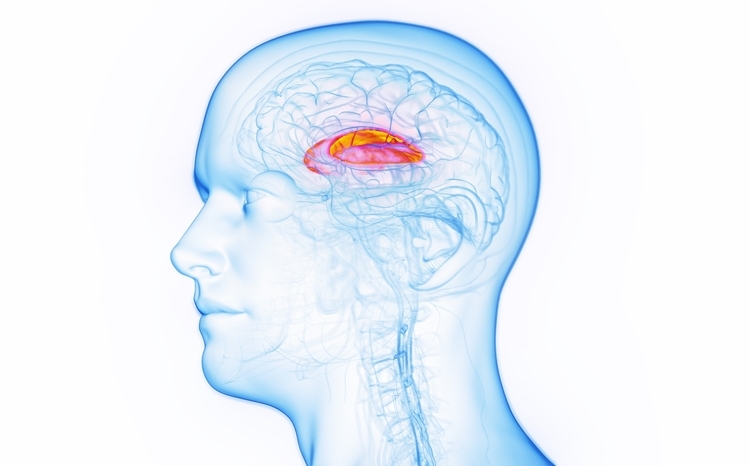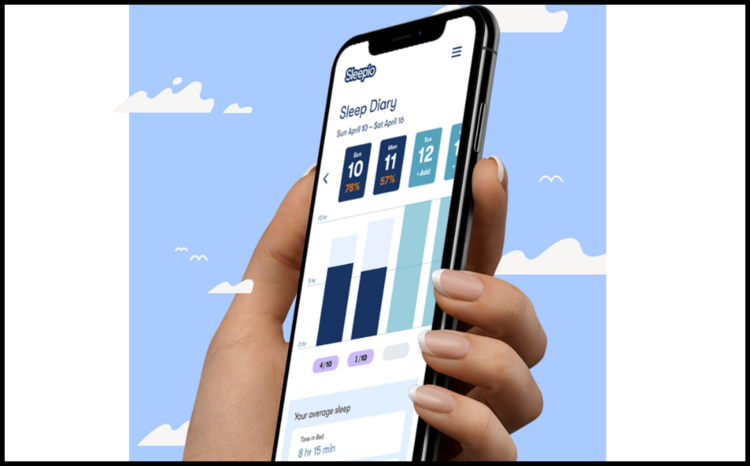XML Special Focus: Supporting Clinical Governance
- 14 August 2003
Support for clinical audit and improved clinical governance is one of the great advances promised by electronic medical record systems but they usually require clinicians to shoehorn their thoughts and opinions about a patient into pre-determined formats.
Free text, so the received wisdom goes, cannot be analysed. To produce information of the quality needed for clinical audit, data needs to be entered in a standard set of fields and coded using a standard terminology.
Not so with XML-based records which offer clinicians the freedom to use narrative in their notes or highly structured methods of recording care and treatment.
Andrew Roberts, a consultant paediatric orthopaedic surgeon who has developed a large, sophisticated XML-based records system at the Robert Jones and Agnes Hunt Hospital (RJAH), Shropshire, explains that XML provides an information gearbox.
”When I’m working in a busy clinic the time pressure that I’m under is such that I record information in a moderately unstructured fashion. In a clinic note I would have a history, examination, special investigations, plan & opinion, a primary diagnoses and so on. But if I’m completing some form of outcome assessment – a shoulder examination, for example – I will use a highly structured document to collect the data.”
The top gear of the clinic consultation contrasts with the bottom gear of the detailed assessment. XML’s virtue, says Mr Roberts, is that it lets clinicians choose the appropriate level of structure to the information. The reality is that structuring clinical data is costly and should only be done where clinically necessary.
”The nice thing about having an information ‘gearbox’ is that you can mix granular data items with the free text narrative that puts the humanity into the notes. I wouldn’t want to be treated by someone who saw me as a series of data items. If you lose the narrative you have a shadow of a record,” he said.
The hospital now has 460,000 patients registered on its system and interrogations for audit purposes vary in complexity. A simple enquiry might ask how much botulinum toxin has been used in the hospital. A search on the different terms used for the substance quickly produces an audit that would have been difficult or impossible to find by other means.
But a governance engine built at the RJAH makes far more complex enquiries possible and opens up new possibilities for using governance searches to make patient care safer and more effective.
An example of a more sophisticated search would be a crosscheck of medication and laboratory results – for example platelet counts in patients receiving intramuscular gold injections. Mr Roberts explains that once these safety checks are established they need to run automatically on a regular basis to provide the organisation with a memory.
Patient safety depends upon staff education and physical safeguards, but information is now and will increasingly become an important tool in ensuring patient safety.
Key points:
- XML enables clinicians to record notes in free text and subsequently interrogate the electronic records system to ask governance questions or carry out research;
- Records stored in XML can be narrative or highly structured;
- XML-driven governance engines have a major contribution to make in building multi-layered patient safety systems demanded in modern healthcare.




